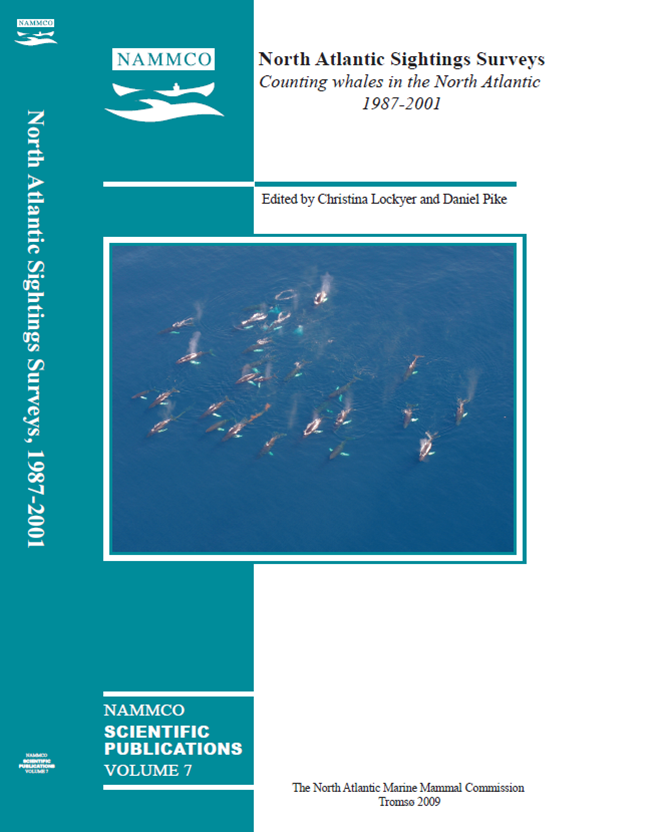Line transects, environmental data and GIS: Cetacean distribution, habitat and prey selection along the Barents Sea shelf edge
DOI:
https://doi.org/10.7557/3.2713Keywords:
surveys, cetaceans, habitat selection, prey selectionAbstract
Cetacean observations obtained during sighting surveys for abundance estimation can also be used to investigate cetacean habitat and prey selection, the principal processes underlying cetacean distributions. In this paper, we investigate habitat and prey selection of minke (Balaenoptera acutorostrata), fin (B. physalus) and sperm (Physeter macrocephalus) whales and Lagenorhynchus (Atlantic white-sided L. acutus and white-beaked L. albirostris) dolphins observed along predetermined cruise tracks along the Barents Sea shelf edge in 2000, 2001 and 2002. The observations were combined with simultaneously collected data on habitat (depth, sea surface temperature, and temperature gradients) and prey (plankton, 0-group fish, capelin and herring) distributions in a GeographicInformation System (GIS) to investigate habitat and prey selection. Minke whales were associated with cold waters and herring, and capelin in years with low herring abundance. Fin whales were mainly associated with northern cold and deep waters, as well as capelin, 0-group fish and plankton. Lagenorhynchus dolphins were associated with capelin. Finally, sperm whales were associated with deep waters and 0-group fish. Sperm whales were probably indirectly attracted to 0-group fish through preying on predatory fish such as Sebastes spp. and the squid Gonatus spp. The cetacean species responded differently to annual variation in habitat and prey distributions. Minke and fin whale distributions and abundances remained similar between years within the study area, suggestingthat these species are generalists responding to environmental changes by switching between prey species. Conversely, Lagenorhynchus dolphins shifted northwards, likely due to tracking the shifting capelin distributions. The results are discussed in light of how such cetacean habitat and cetacean prey relationships can be valuable for the proper assessment of population sizes and trends, both through guiding the design of sighting surveys and assessing whether changes in abundances within fixed surveyed areas are due to distribution shifts or changes in population sizes.Downloads
Published
2009-09-01
How to Cite
Skern-Mauritzen, M., Skaug, H. J., & Øien, N. (2009). Line transects, environmental data and GIS: Cetacean distribution, habitat and prey selection along the Barents Sea shelf edge. NAMMCO Scientific Publications, 7, 179–200. https://doi.org/10.7557/3.2713
Issue
Section
Articles





